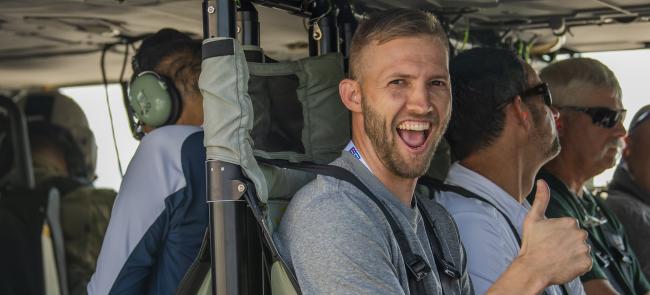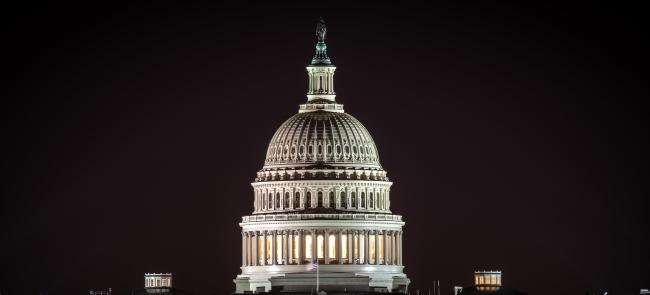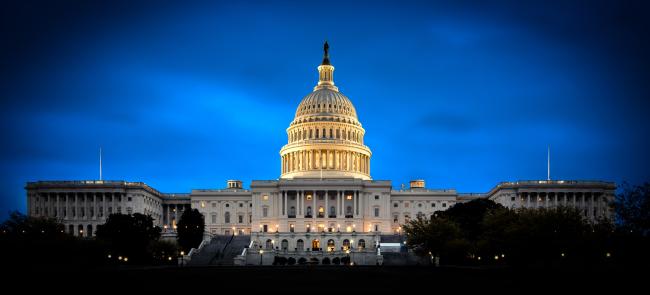President Joe Biden is expected to submit his first full budget request May 27, the White House announced last week.
The fiscal 2022 request will include $753 billion in national security funding, officials previously revealed. That includes $715 billion for the Defense Department.
Those numbers have been criticized for being too low and too high, depending on the perspective of critics.
Progressive Democrats are looking to cut defense spending. Many Republican lawmakers have said the Pentagon budget does not meet growing defense needs.
Biden’s defense budget is slightly more than what then-President Trump requested last year, but below the Trump budget’s projections for this fiscal year.
The budget request has also met criticism for its timing. Lawmakers have said its late arrival will likely mean they will need to pass a continuing resolution later this year to provide stopgap government funding while the budget is debated in Congress.
Meanwhile, the services will need to balance modernization needs with and other growing costs with the constricted budget.
According to Defense News, Army leaders are growing concerned the service won’t be able to protect priority programs and key enabling capabilities with the service expected to see a shrinking budget as it serves as the “billpayer” for growth in the other services.
Army leaders have warned that some critical programs may be pinched as the Army protects its key priority modernization programs, which includes long range precision fires, next-generation combat vehicles and future vertical lift.
Some of the enabling programs are related to those top priorities. They include a radar that would work in tandem with the Army’s future Extended Range Cannon Artillery system.
Gen. John M. Murray, the commander of Army Futures Command, said the Army will need to make hard choices that are “almost impossible choices to make,” Defense News reported.
The Army currently has about $35 billion tied up in its top 35 modernization priorities plus 30 key enablers, according to the report. That’s about 47% of the Army’s equipping portfolio. The other 53% is distributed across approximately 500 other programs.












